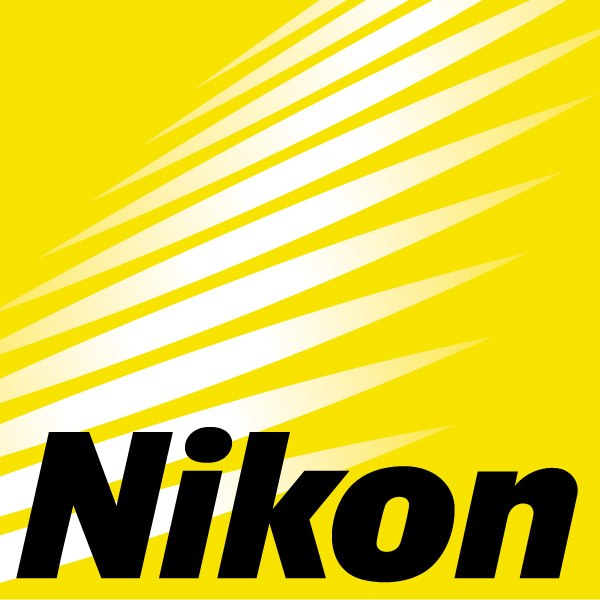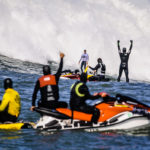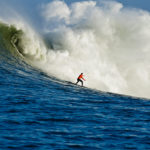415-595-5348
Surf Photography Tips Feature On Nikon USA
This makes me smile. Nikon USA interviewed me for their Nikon Learn and Explore page and featured 12 of my photos for an article on surf photography tips. Below are a few tips not mentioned in Nikon’s post. The Nikon editors choose lifestyle and action photos I’ve shot of various surfers and California spots. I was really excited about the opportunity, so it wasn’t difficult to through out a few helpful tips. I kept general sports photography in mind, and things I’ve learned that are specific to shooting surfing.

Additional Surf Photography Tips (some not included in the Nikon post)
1) Focus tips. I start with AF-C with shutter priority set to “focus.” The modern DSLR has infinite focusing options. It’s overwhelming enough to make a person not even try action photography, but practice is the key. Learn all of the focus features inside and out. Memorize them, and don’t skip the manual. Master the focus seeings so you can react quickly to the action without fumbling with a camera. I like to shoot with continuous focus (focus tracking) and make use of the focus lock buttons when needed. This minimizes the risk of loosing focus from body movement or if shooting from a moving boat. Auto focus capabilities decrease as the camera’s batteries drain. Start fully charged.
3) Exposure modes. I almost always start with the exposure mode set to shutter priority. Then I’ll use exposure compensation (-/+) to make sure the white water is not clipped in the histogram. A healthy depth of field is needed to get good focus with lenses longer than 200mm. So start with ISO 400 – 640 and increase if needed.
2) Start local. You don’t need to be at world class breaks to get great photos. Don’t be afraid to make a road trip, but make the most of your local spots first. Surfing is primarily on the coasts and not accessible to everyone, but you can practice shooting action sports within your area to prepare for a future surfing trip.
3) Camera bodies. You don’t necessarily need 11fps. Nearly every modern DSLR shoots with enough speed to grab action shots in short bursts. Start with what you have.
4) Lens choices. Put your money in the glass. Fast zooms have faster focus and better optics. The 70-200 F2.8 is a sports standard. However you need a 300mm or longer lens to fill the frame with action when shooting from the beach. Adding a 1.4x or 1.7x teleconverters can help you gain extra reach, TC lenses gobble up light, reduce contrast, and lower the image quality. You can get good results when a TC lens in optimal conditions when it’s paired with a quality telephoto lens. Use it as a backup option or rent a super telephoto lens to get you through the day.
5) Safety. Don’t drop your camera in the drink and be safe. Each year people get swept up in rough business along the California coast. The stories are horrible. Wear a camera starp. Stick to the high ground. Take your photo blinders off, and live to tell the story.
6) Water housing options. Pro level waterproof camera housing for a DSLR is +$$$$, but there are some inexpensive options. If you are already a surfer with an interest in photography, you can get wet, shoot photos, and spend less than $10 a day. See: GoPro camera rentals at LensPro. Staff photographer for Surfer Magazine Zac Noyle posts great looking work on Instagram shot with water housing on an iPhone. For decent water housing that doesn’t break the bank check the base model by Liquid Eye. For more info on gear, here’s an in-depth buyer’s guide for water housing.
7) Follow other surf photographers. Sometimes they share their surf photography tips on IG.
8) More safety. The biggest and most important…don’t get in the way of other surfers.
Featured surfers in the link: Carlos Burle, Kenny Collins, Greg Long, Peter Mel, and Zach Wormhoudt.
Thanks to Nikon, and to all the surfers for their support.





